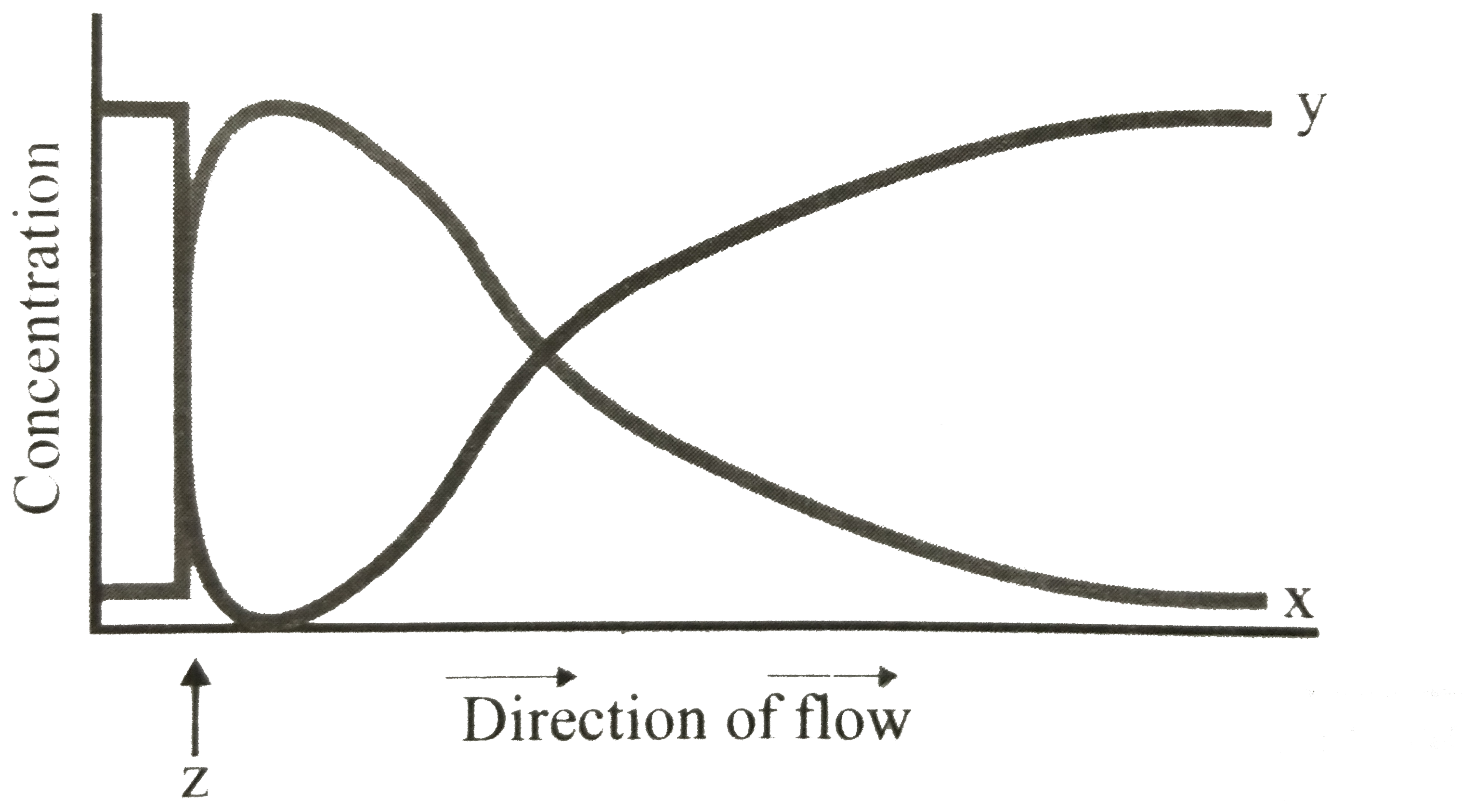At the end of glycolysis, X is the net energy gain from one molecule of glycose via Y, but there is also energy stored in the form of Z. Identify X,Y and Z.
XYZ1ATPOxidative phosphorylationNADH+H+
XYZ2ATPsOxidative phosphorylationNADH+H+
XYZ1ATPSubstrate level phosphorylationFADH2
XYZ2ATPsSubstrate level phosphorylationNADH+H+
The correct Answer is:D
To solve the question, we need to identify three components: X, Y, and Z, based on the process of glycolysis.
1. Understanding Glycolysis: Glycolysis is the metabolic pathway that converts glucose into pyruvate, producing energy in the form of ATP and NADH in the process. It occurs in the cytoplasm of the cell.
2. Identifying X (Net Energy Gain): During glycolysis, a net gain of ATP occurs. Specifically, for each molecule of glucose that undergoes glycolysis, a total of 2 ATP molecules are produced. This is the net energy gain from glycolysis.
3. Identifying Y (Process): The process through which this energy is gained is known as substrate-level phosphorylation. In this process, a phosphate group is directly transferred from a substrate to ADP, forming ATP.
4. Identifying Z (Stored Energy): In addition to ATP, glycolysis also produces NADH (nicotinamide adenine dinucleotide + hydrogen). NADH is a carrier of electrons and can be used later in cellular respiration to produce more ATP. Therefore, the energy is also stored in the form of NADH.
Final Answers:
- X: 2 ATP (net energy gain)
- Y: Substrate-level phosphorylation (the process)
- Z: NADH + H+ (energy stored)
- X: 2 ATP (net energy gain)
- Y: Substrate-level phosphorylation (the process)
- Z: NADH + H+ (energy stored)
Topper's Solved these Questions
- RESPIRATION IN PLANTSBOOK - NCERT FINGERTPS ENGLISHCHAPTER - RESPIRATION IN PLANTSEXERCISE - FERMENTATION
15 Videos
- RESPIRATION IN PLANTSBOOK - NCERT FINGERTPS ENGLISHCHAPTER - RESPIRATION IN PLANTSEXERCISE - AFROBIC RESPIRATION
47 Videos
- RESPIRATION IN PLANTSBOOK - NCERT FINGERTPS ENGLISHCHAPTER - RESPIRATION IN PLANTSEXERCISE - Respiration In Plants
130 Videos
- PLANT KINGDOMBOOK - NCERT FINGERTPS ENGLISHCHAPTER - PLANT KINGDOMEXERCISE - Plant Kingdom
160 Videos
- STRUCTURAL ORGANISATION IN ANIMALSBOOK - NCERT FINGERTPS ENGLISHCHAPTER - STRUCTURAL ORGANISATION IN ANIMALSEXERCISE - Structural Organisation In Animals
129 Videos
Similar Questions
Knowledge Check
Refer to the given figure and identify X, Y and Z in it.
 AX-Buds, " "Y-Nodes, " "Z-Adventitious RootBX-Nodes, " Y-Buds, " "Z-Adventitious RootCX-Nodes, " "Y-Adventitious Root, " " Z-BudsDX-Buds, " " Y-Adventitious Root, " " Z-Nodes
AX-Buds, " "Y-Nodes, " "Z-Adventitious RootBX-Nodes, " Y-Buds, " "Z-Adventitious RootCX-Nodes, " "Y-Adventitious Root, " " Z-BudsDX-Buds, " " Y-Adventitious Root, " " Z-NodesThe pathway of respiration common in all living organisms is x––, it occurs in the y– and the products formed are two molecules of Z––. Identify X,Y and Z in the above paragraph and select the correct answer.
AXYZEMPpathywaymitochondrionpyruvic acidBXYZEMPpathywaycytoplasmpyruvic acidCXYZKrebs' cyclecytoplasmacetyl CoADXYZKrebs' cyclemitochondrionacetyl CoAA metal X reacts with aqueous NaOH solution to form Y and a highly inflammalbe gas. Solution Y is heated and CO2 is poured through it. Z precipitates out and Na2CO3 is formed. Z on the heating gives AI2O3. Identify X,Y and Z.
X Y ZAAl,NaAIO2,AI(OH)3BAI2O3,NaAIO2,AI2CO3CAI2O3,[Na2AIO2]+OH−,AI(OH)3DAI,AI(OH)3AI2O3

Observe the above graph and identify x, y, z.
View SolutionA non-metal X exists in two different forms Y and Z. Y is hardest natural substance, whereas Z is a good conductor of electricity. Identify X, Y and Z.
View SolutionAn organic compound 'X' on heating with conc. H2SO4 forms a compound 'Y' which on addition of one molecule ofhydrogen in the presence of nickel forms a compound 'Z'. One molecule of compound 'Z' on combustion forms two molecules of CO2 and three molecules of H2O. Identify, giving reasons the compounds X,Y and Z. write the chemical equations for the reactions involved.
View SolutionElements W, X, Y, Z in the periodic table are shown below:

Identify what type of anion or cation will be formed by Z and X
View SolutionConsider the arrangement of three plates X,Y and Z each of the area A and separation d. Find the energy stored when the plates are fully charged.

View Solution

